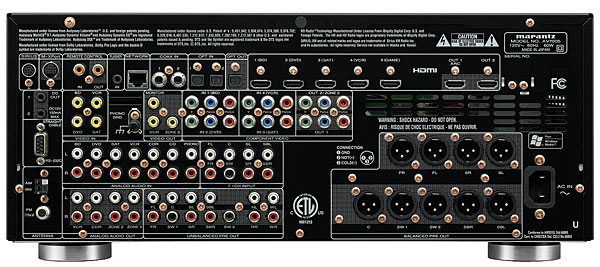| Columns Retired Columns & Blogs |
It has been pointed out to me that I mentioned using the built in Audyssey MultEQ XT prior to using the Pro kit but failed to comment on the latter.
FWIW, MultEQ Pro didn't seem to make much difference over XT with the current setup. What was a more significant improvement was the addition of the Audyssey SubEQ for the two subs. I reported on that product earlier: http://forum.stereophile.com/content/music-round-40-page-2
Kal









































